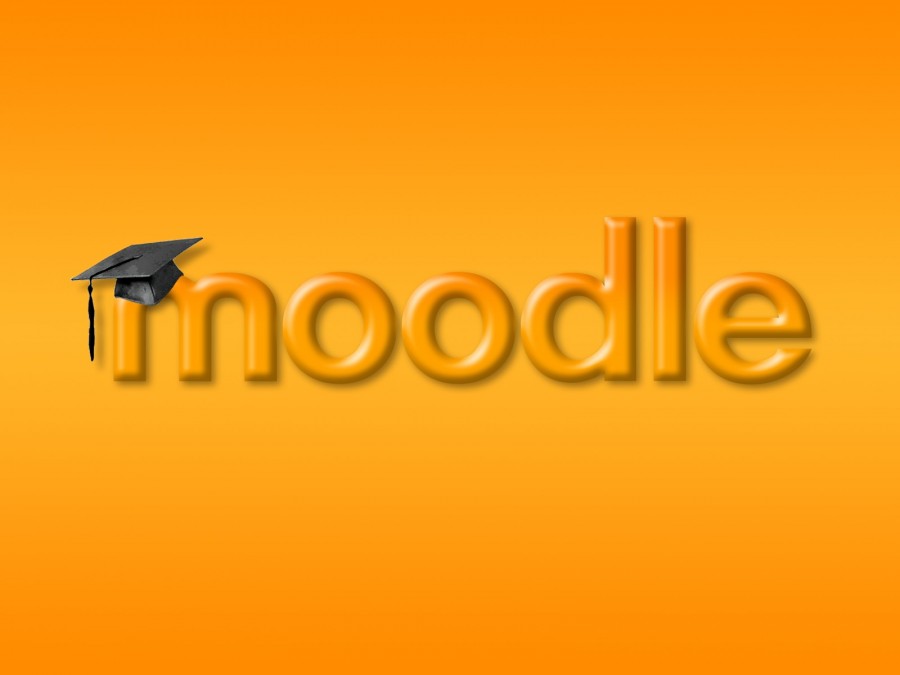Want to attend a college class in your pajamas? Now you can do just that. Online classes, which can be taken entirely in the comfort of one’s own home, are spreading across college campuses everywhere.
There are three types of classes that distance education deals with: web-enhanced, hybrid and online courses.
Web-enhanced means that the class is taught face to face as usual, but the teacher uses a program such as Moodle to provide extra material.
A hybrid class requires going to one class face to face, then another part of that class is taught online and an online class is taken entirely online.
Fabiola Torres, the distance education coordinator, is at the forefront of this fast growing phenomenon.
GCC student Gabrielle Galaroza, currently enrolled in an online math class said she feels less pressure with the distance education system.
“The class is really cool. It’s the first class I’ve had that was fully online, and I feel much more free by learning on my own time,” she said.
“Distance education enables faculty to think outside the box and to design effective classes in a non-traditional environment,” said Torres.
People often enter college and immediately become confused due to the overload of information given to them. Web-enhanced classes may help students when transitioning into this climate.
“For kids placed in online classes, it’s a vulnerable place to be,” said Torres.
These classes utilize both synchronous and asynchronous connections with students.
With a synchronous class, faculty can either meet with their class face to face, or through Skype, or some other real-time connection tool. Then, with all of the information and assignments posted on the site, students at any point may access it to do work of various sorts. Asynchronous classes are conducted online with no face time.
Timothy Cazden is currently enrolled in a hybrid psychology class.
“It’s pretty fun. I have to remember to get on Skype on Tuesdays. There are five live sessions over the course of the semester on Saturdays,” he said.
Faculty are finding it useful to leverage learning. According to Torres, the tools provided through distance education allow teachers to better gauge their students’ knowledge as opposed to giving lectures and hoping the information is understood.
One outcome of online classes is that it does not allow for students’ passiveness. When answers must be posted online to questions given in a real-time chat situation, it becomes apparent who is actually participating, which is essential to the grade.
This establishes regular and effective contact. If the same were true in a traditional classroom, it would mean every student would raise their hand for every question and have an answer for it.
The online course often renders paper textbooks obsolete, as topic-specific content and information can be posted on the webpage directly, and research can be done online or with library books.
It may be difficult to imagine a world without classrooms, but online classes could be the future of education.


